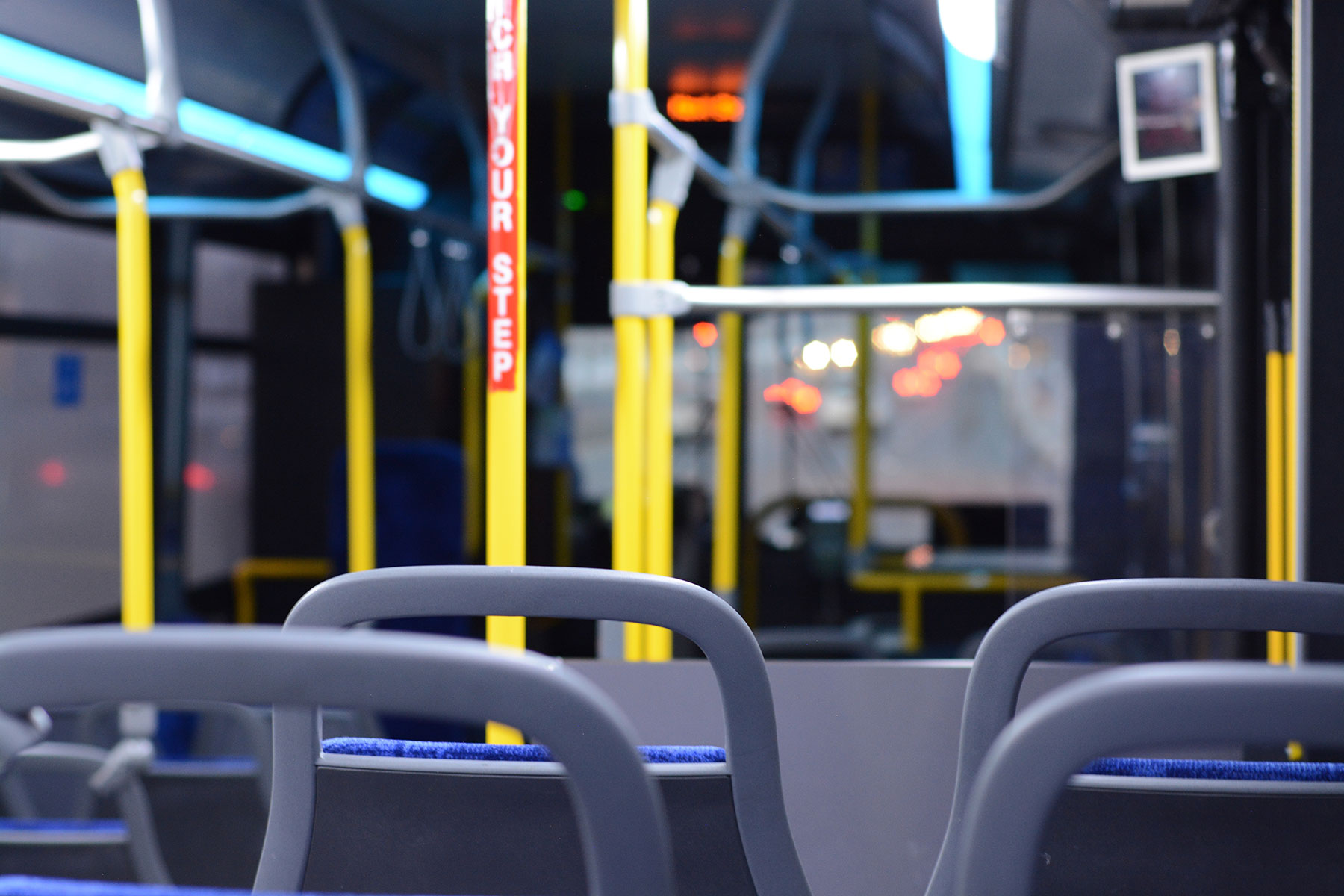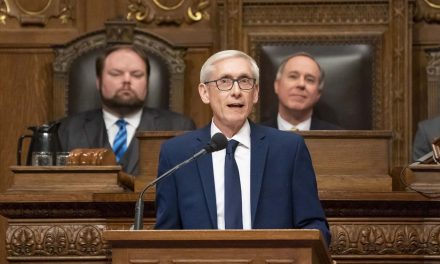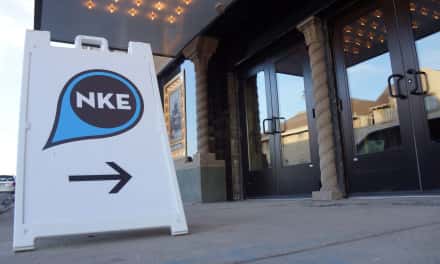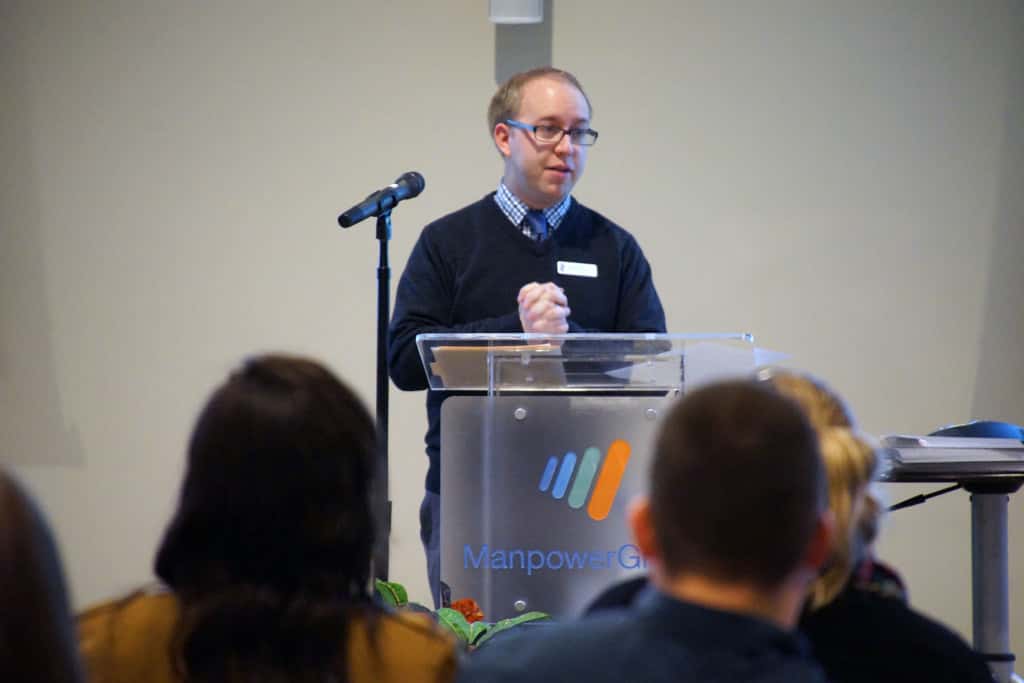
Milwaukee’s Public Policy Forum released a report on March 27 that analyzed the condition of regional fixed-route transit systems, and offered recommendations to fill gaps where services fall short of bringing workers to their job sites.
Milwaukee’s Public Policy Forum released a report on March 27 that analyzed the condition of regional fixed-route transit systems, and offered recommendations to fill gaps where services fall short of bringing workers to their job sites.
The rise of smart phones, mobile applications, and new private transportation service providers has ushered in a highly experimental period in which transit systems are testing new ways of providing services. Is it time for similar experimentation in metro Milwaukee?
That is one of the questions we address in a new report that analyzes options for reducing “last mile” transportation problems in the Milwaukee area, which can arise when fixed-route transit services stop short of bringing commuters all the way to their job sites. The last mile problem is particularly common in lower-density areas of the suburbs and city, where jobs are more dispersed and difficult for transit systems to serve efficiently.
Our analysis identifies a number of innovative solutions that local elected officials and transit system leaders should consider that could offer last mile transportation solutions while also improving general transit access, coverage, and quality in the Milwaukee area.
In particular, we cite two last mile strategies that have several unique strengths that merit a closer look for metro Milwaukee. One is flexible transit, which typically involves utilizing 14-passenger buses or vans that are allowed to make diversions from set routes to serve dispersed businesses in suburban areas by request. The other is ride-hailing, which offers on-demand, point-to-point transportation to and from transit stops through partnerships with taxi companies and transportation network companies, such as Lyft and Uber.
While no last mile strategy would be a perfect, comprehensive solution in all areas of the region, these and other strategies examined in the report may be effective in certain contexts and/or in combination with other services.
Our recommendations include the following:
- Build on recent efforts to improve transportation connections in the Milwaukee area through shared-ride taxi services and bicycle services and amenities. For example, the recent expansion of Ozaukee County’s shared-ride taxi service to serve bus stops in Milwaukee County could help bridge a divide for Milwaukee County residents who commute to work in Ozaukee County. If successful, Ozaukee and Washington counties could expand their shared-ride taxis services to additional Milwaukee County bus stops.
- Develop and implement an official MCTS mobile application with robust capabilities. An official MCTS mobile application could allow users to add value to their fare cards, get point-to-point transit directions, and track bus arrivals in real-time using their mobile devices, while also paving the way for on-demand transportation services. Waukesha County’s transit and Ozaukee County’s share-ride taxi services also could be integrated into the app.
- Pilot a flexible transit and/or on-demand transportation service in metro Milwaukee. Case studies in the report show that both flexible and on-demand transportation services can improve access and coverage in lower-density areas where fixed-route bus services often are not feasible. MCTS and Waukesha Metro Transit should consider piloting a flexible transit or on-demand transportation service in one or two priority areas.
- Consider how benefits provided by innovative last mile strategies can extend beyond reverse commuters to broader populations of transit users. While the focus of the report is on improving access to employment for Milwaukee County residents, last mile transportation services also can improve mobility for other populations. For example, Boston is partnering with ride-hailing companies to provide more convenient transportation services to paratransit-eligible riders while reducing costs for the transit system.
- Cultivate intergovernmental collaboration and private sector involvement to address last mile challenges in lower-density areas of metro Milwaukee. The opportunity to form partnerships around innovative, technology-driven last mile solutions may represent a promising opportunity for local governments to break through past barriers and work together to plan and fund effective services that cross county and municipal borders. Private sector involvement in designing and funding transportation services also is essential.
We acknowledge that implementing some of these recommendations would require new sources of funding and/or collaborative financing strategies – a prospect that is extremely daunting given that local governments can hardly afford to maintain the transportation services they currently provide. Yet, we also would argue that constant modernization of transit services is essential to attracting and retaining riders and must be part of the equation as local leaders seek to secure ongoing fiscal sustainability for their transit systems.
It is our hope that the strategies explored in this full report will provide viable possibilities for regional transit system leaders, policymakers, and businesses to consider as they seek to improve workforce mobility in the Milwaukee metropolitan area.














